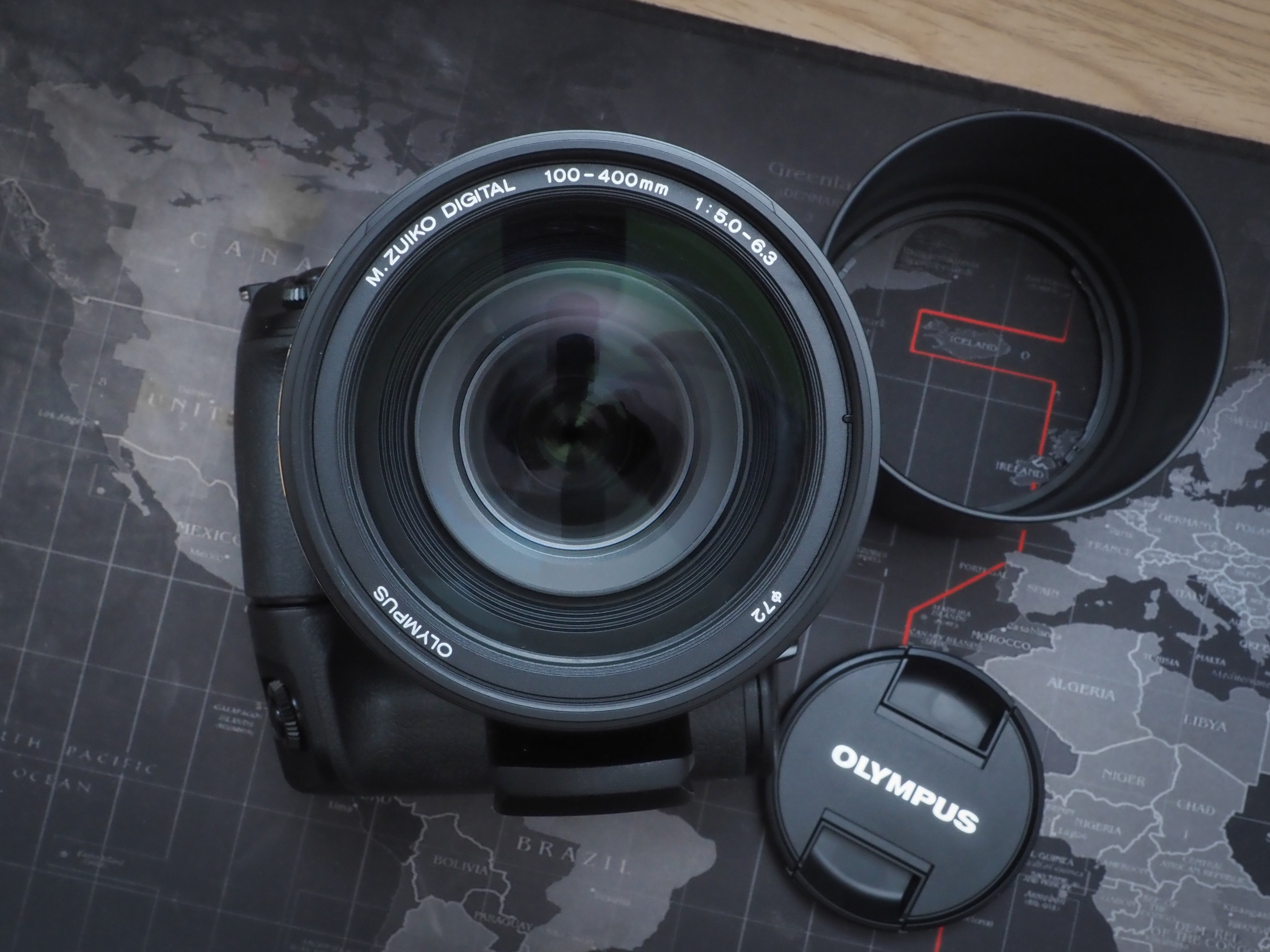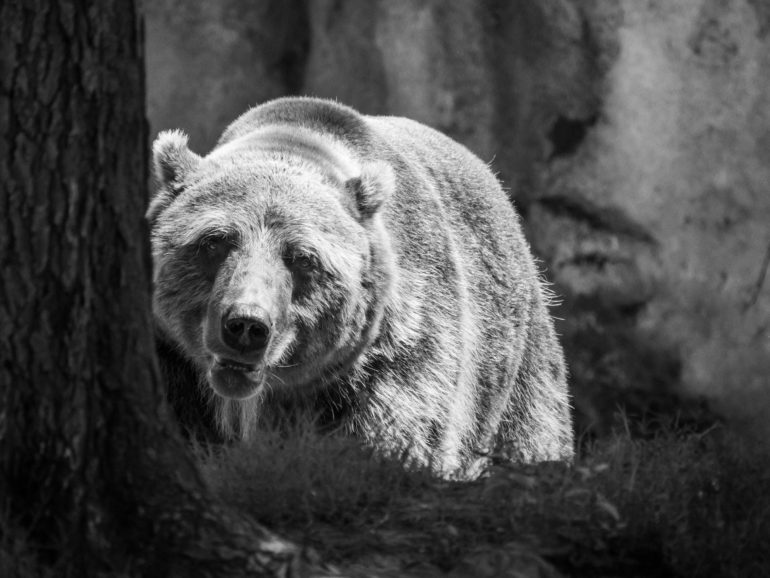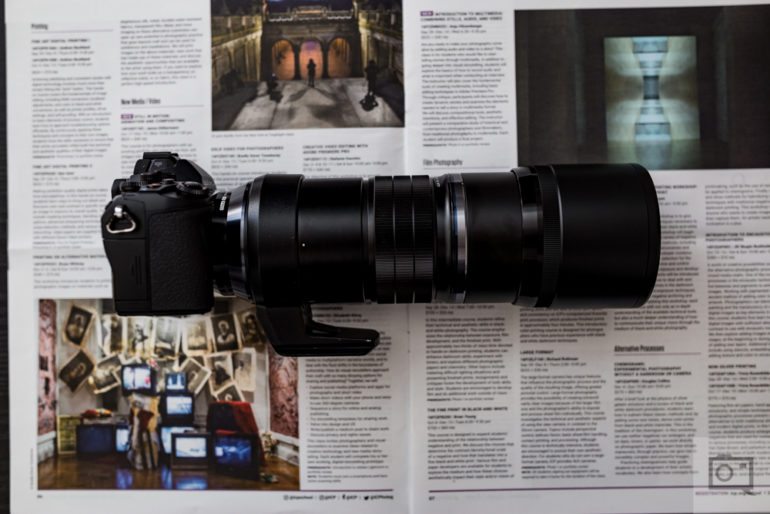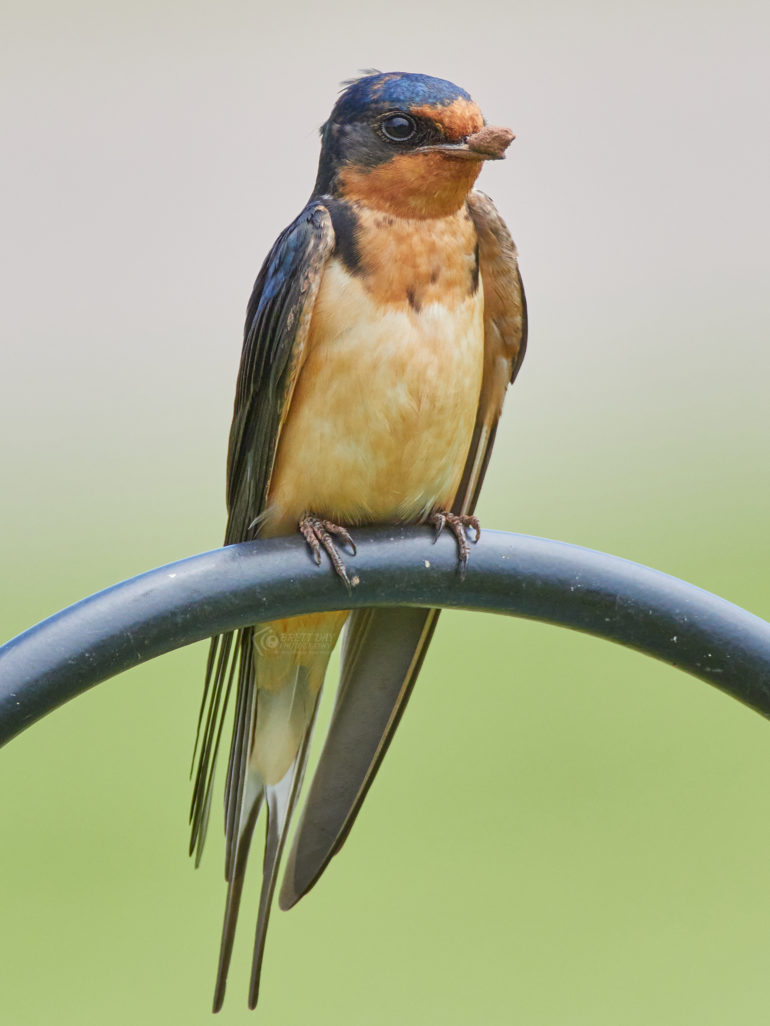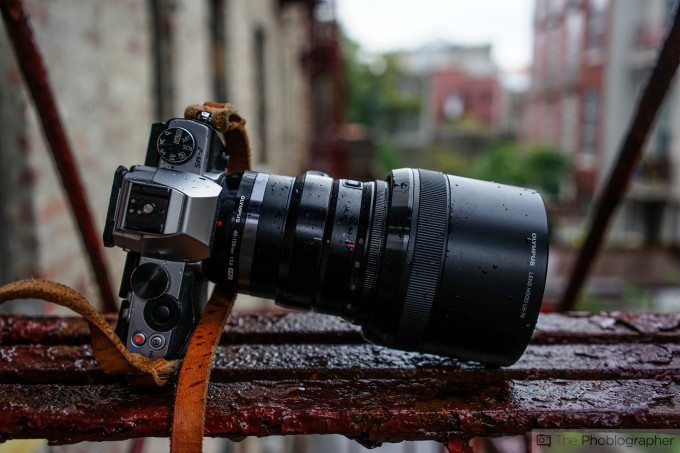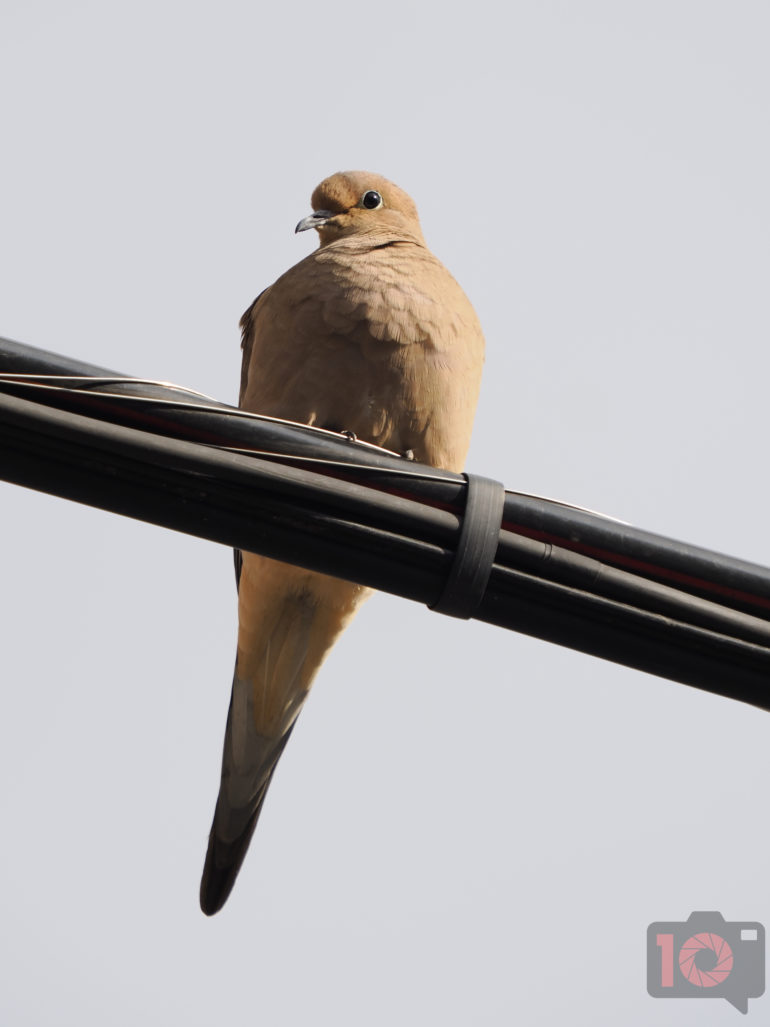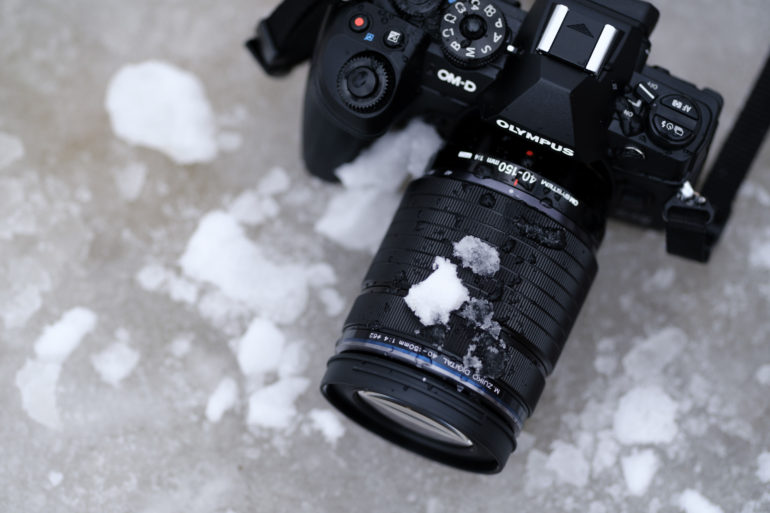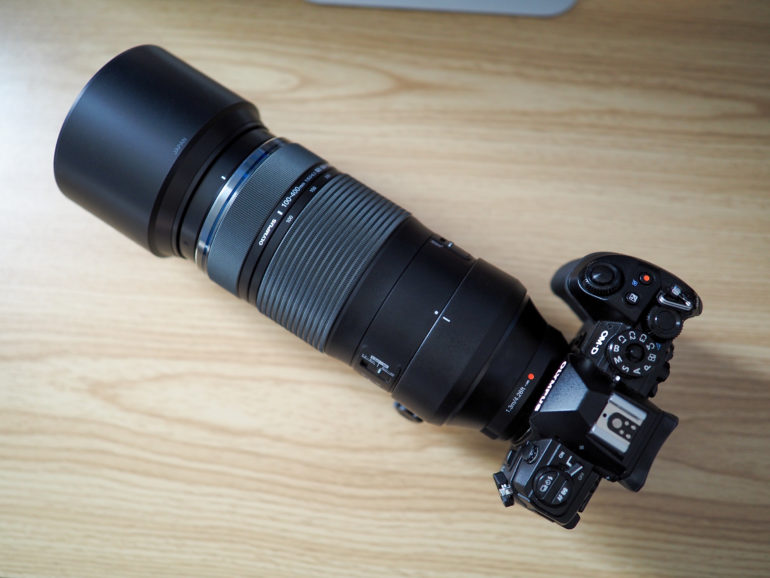There’s something inherently romantic about waking up super early to photograph animals as they start their day. Having the right lenses for wildlife photography is a big part of that. Here in America, we’re about to set sail into summer. Are you as excited as we are to go photograph wildlife? Well, to prepare, we’re recommending some of the best lightweight lenses for wildlife photography. Dive into this list with us!
Table of Contents
How We Chose the Best Lenses for Wildlife Photography
Here’s some insight into how we chose the best lenses for wildlife photography:
- Know that we’ve tested all these lenses ourselves. In fact, all the product images and sample photos were shot by our staff. Plus, there are links to our full reviews in each section. Trust us, we’ve tested the most lenses of any photo publication in a real-world setting. These truly are the best lightweight lenses for wildlife photography. We’d never recommend anything we haven’t used or tried.
- Micro Four Thirds is well designed for wildlife photography. They’re smaller, weather-resistant, and offer lighter telephoto lenses for wildlife photography. Combine that with the AI in cameras like the OM SYSTEM OM-1 and you’ve got winners.
- Don’t be afraid to crank the ISO. We’ve done prints at 17×22 inches from recent cameras at ISO 6400 straight from the RAW file and were pleased with the results.
- These lenses for wildlife photography are so great in part because you don’t have to stop the lenses down. With Micro Four Thirds, f2.8 has a full-frame depth of field of f5.6. That means you’re less likely to lose focus when combined with proper technique.
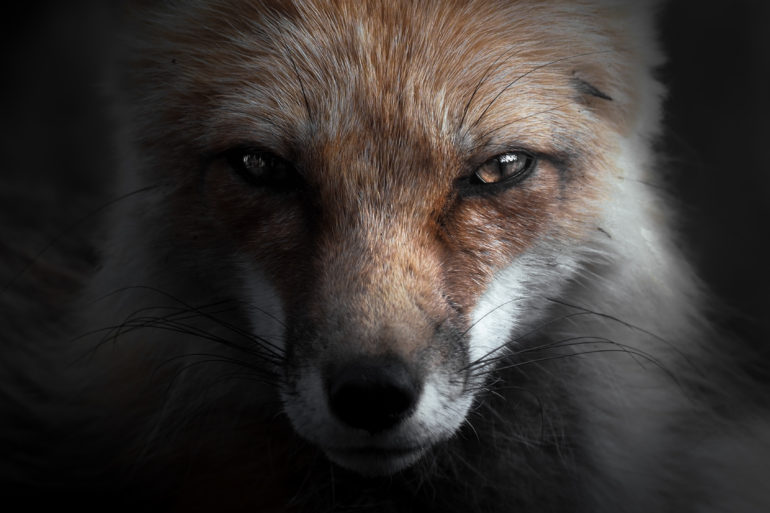
“When wildlife is at close range, the M.Zuiko ED 40-150mm f2.8 PRO is theway to go. Get more of the backdrop and landscape at 40mms, or zoom close in at 150mm. The wide aperture allows for smooth bokeh at either end of the zoom range.”
-OM SYSTEM Ambassador Brooke Bartleson
M.Zuiko Digital ED 300mm f4 IS PRO
Pro Tip
Using the OM SYSTEM OM-1, you can set the camera’s AI Detection AF to track birds or animals. If you’re photographing birds, know this lens is the equivalent of a 600mm lens. The f4 aperture also means you most likely don’t need to stop the lens down.
How’s the Image Quality?
In our review, we state:
“If you’re paying over $2,000 for a lens, you should be getting some of the best image quality possible. Indeed, that’s what you’re getting here. Of any of the Olympus lenses, this one has the best image quality I’ve seen–even better than the company’s very good M.Zuiko 75mm f1.8.”
M.Zuiko Digital ED 40-150mm f2.8 PRO
Pro Tip
This is seriously one of our favorite lenses for OM-System. Keep in mind that it has a retractable lens hood, which is one of the coolest things we’ve seen in years. Further, It also has excellent image quality even years after its introduction. When paired with either the MC-14 or MC-20 teleconverter, it becomes more or less the only lens you need for great wildlife photos.
How’s the Image Quality?
In our review, we state:
“The M.Zuiko40-150mm f2.8 PRO exhibits exceptional image quality that is sharp, contrasty, and detailed: enough to give any Micro Four Thirds user exactly what they want.”
M.Zuiko Digital ED 40-150mm f4 PRO
Pro Tip
Did you know that Olympus and OM SYSTEM lenses with the “PRO” moniker are weather-resistant? They even have an IP rating that adds extra certification for how durable their lenses are. The M.Zuiko 40-150mm f4 PRO is no exception.
How’s the Image Quality?
In our review, we state:
“The colors coming from this lens were consistent with what I’d expect from the OM-D E-M1 Mark III. Colors are a more neutral starting point, without being overly saturated or taking on other tones. Colors and contrast will naturally look a bit washed out when lens flare is captured.”
M.Zuiko Digital ED 100-400mm f5-6.3 IS
Pro Tip
We shot this lens at the longest focal length down to 1/100th of a second and got a tack sharp result. By the reciprocal rule of shutter speeds, that shouldn’t be possible. But the image stabilization is just that good. Nice!
How’s the Image Quality?
In our review, we state:
“In a word, the image quality is stunning. Sometimes you will find superzooms that lack that ‘something’ compared to other lenses, but the M.Zuiko 100-400mm f5-6.3 IS has helped me produce some cracking shots. Sharpness is there, color rendition is excellent, and distortions aren’t a thing.”
The Phoblographer’s various product round-up features are done in-house. Our philosophy is simple: you wouldn’t get a Wagyu beef steak review from a lifelong vegetarian. And you wouldn’t get photography advice from someone who doesn’t touch the product. We only recommend gear we’ve fully reviewed. If you’re wondering why your favorite product didn’t make the cut, there’s a chance it’s on another list. If we haven’t reviewed it, we won’t recommend it. This method keeps our lists packed with industry-leading knowledge. Some of our stories include affiliate links. If you buy something through one of these links, we may earn an affiliate commission.
This piece is presented in partnership with OM SYSTEM. We’ve independently and ethically reviewed all the products in this post already without sponsorship. And we worked with them to recommend a few key gems to you.


